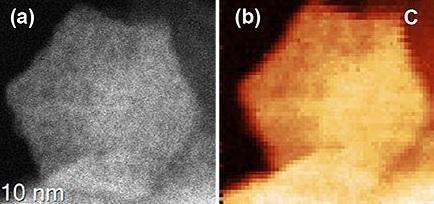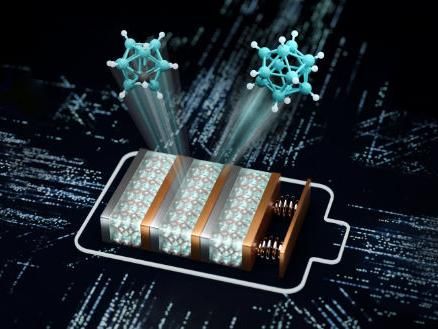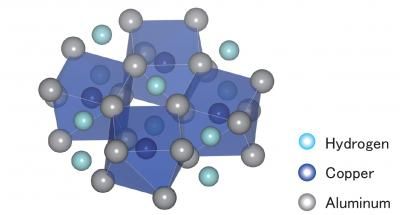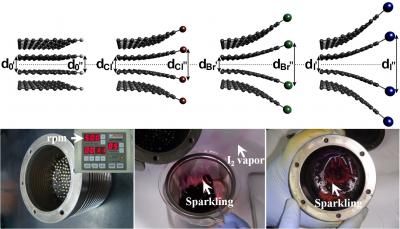Towards decommissioning Fukushima
'Seeing' boron distribution in molten debris
Decommissioning the Fukushima Daiichi Nuclear Plant just got one step closer. Japanese researchers have mapped the distribution of boron compounds in a model control rod, paving the way for determining re-criticality risk within the reactor.

Compilation of control rod cross-sectional images, showing results of high-temperature steam oxidation. Japanese researchers have mapped the distribution of boron compounds in a model control rod, paving the way for determining re-criticality risk within the reactor.
Kyoto University
To this day the precise situation inside the Fukushima Daiichi Nuclear Plant is still unclear. "Removing fuel debris from the reactor contaminant vessel is one of the top priorities for decommissioning," says lead author Ryuta Kasada of Kyoto University.
Stainless steel tubes filled with boron carbide are used to control energy output in boiling water reactors, including at Fukushima Daiichi, as boron absorbs neutrons resulting from splitting atoms. With such control rods functioning properly, nuclear fission occurs at a steady rate. In an extreme situation, such as during the Fukushima accidents, where overheated vapors come in contact with the rods, boron reacts with surrounding materials like stainless steel to create molten debris.
"When melting happens, phenomena like relocation occur such that the boron atoms -- trapped in the debris -- accumulate towards the bottom of the reactor," explains Kasada. "This can lead to a lack of control agents in the upper core structure and thus a higher risk of re-criticality in those areas."
"It's crucial to get a picture of how boron atoms are distributed inside the reactor, so that we know which areas have higher risk of re-criticality. It's also important to know the chemical state of boron, as some boron compounds can affect the formation of radioactive materials released to the environment."
Kasada and colleagues filled a model control rod with steam at 1250 degrees Celsius to imitate conditions of a severe nuclear accident. The team then mapped the distribution of molten boron debris and simultaneously determined its chemical state with a soft x-ray emission spectrometer, in which they combined a new diffraction grating with a highly-sensitive x-ray CCD camera, equipped to a type of scanning electron microscope. The boron compounds -- including boron oxide, boron carbide, and iron boride -- each showed different peak structures on the x-ray spectrum.
"Previously this was only possible to visualize in large synchrotron radiation facilities. We've shown that the same is possible with laboratory-sized equipment."
"This finding demonstrated on a micro-scale what needs to be done in Fukushima," says Kasada. "This can't yet be applied in the field, but in the meantime, we plan to visualize the chemical state of other elements so as to create a sound materials base for decommissioning Fukushima."
Original publication
Other news from the department science

Get the chemical industry in your inbox
By submitting this form you agree that LUMITOS AG will send you the newsletter(s) selected above by email. Your data will not be passed on to third parties. Your data will be stored and processed in accordance with our data protection regulations. LUMITOS may contact you by email for the purpose of advertising or market and opinion surveys. You can revoke your consent at any time without giving reasons to LUMITOS AG, Ernst-Augustin-Str. 2, 12489 Berlin, Germany or by e-mail at revoke@lumitos.com with effect for the future. In addition, each email contains a link to unsubscribe from the corresponding newsletter.
Most read news
More news from our other portals
Last viewed contents

Manganese may finally solve hydrogen fuel cells' catalyst problem - Widely available and inexpensive, the metal could lead to a renewable energy boom






























































